Being immersed in the fitness industry provides me with a ton of different opportunities to experience different techniques, methodologies, and products. I recently had the privilege of a...
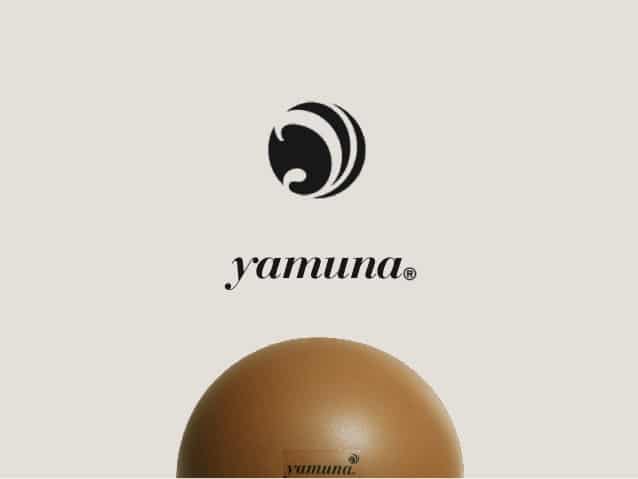

Being immersed in the fitness industry provides me with a ton of different opportunities to experience different techniques, methodologies, and products. I recently had the privilege of a...
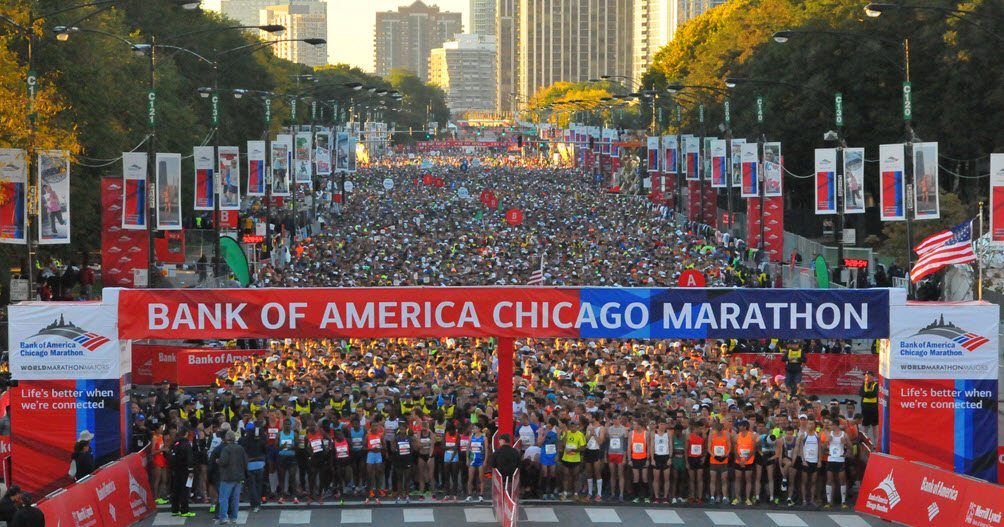
Leading up to the Chicago Marathon 2016 The Chicago Marathon provides an excellent course, plenty of support and, for me, a chance to visit home for a few days. It was no different for me this...

September 25 was going to be my day. The Ironman Augusta 70.3 triathlon was finally here. The race I had been training so hard for on one of my favorite courses. It was four-and-a-half months...
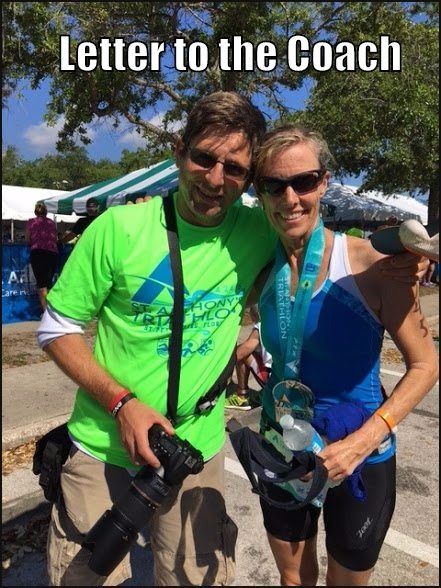
I have been an endurance coach for some time now. Once in a while, I receive an email from a client which chokes me up with pride. Today, I received one of those letters, so instead of sharing it...
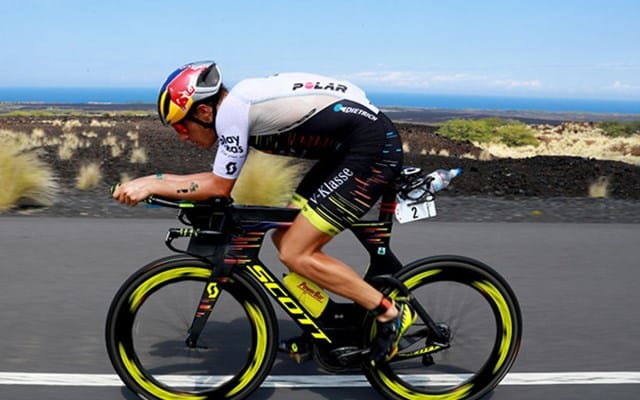
I found when looking for ways to get faster on the bike, is that there is so much information, from different coaches and experts, that it can be confusing and overwhelming. Personally, I...
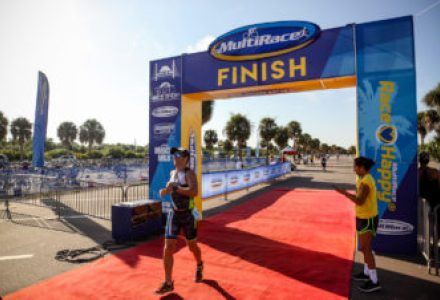
The previous post was a review of the FD3 Triathlon Series as if it was a product. Below you will find a more detailed account of my personal experiences during the race. Let me know in the...
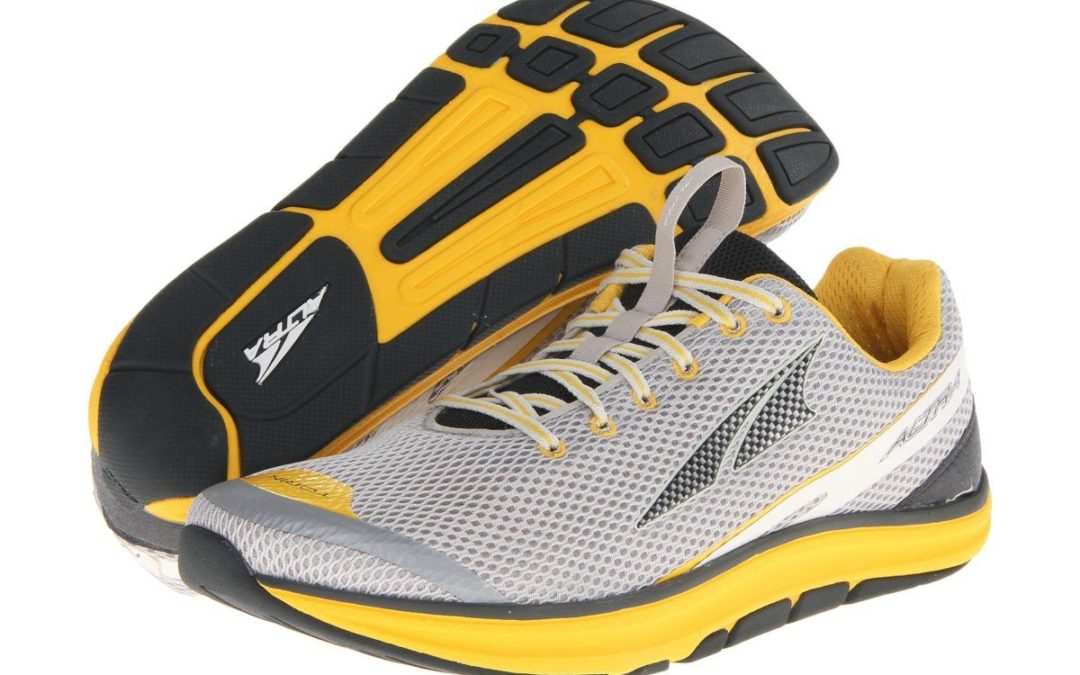
The quest for the best running shoe can be daunting, but the search for the best zero drop running shoes can be downright frustrating. The majority of all the Altra Zero Drop reviews I personally have read, the consensus is pretty positive, and in this instance, it will be no different, because in my opinion, it has resolved my issue of finding the best zero drop shoe on the market. The Altra Torin 1.5.
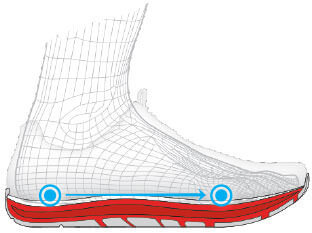 Upper
UpperThe upper is durable but is thick throughout. I personally like this, because I feel the security of the shoe without having to pull the laces tight. In my opinion, the laces should never be tight. Once the laces are tied they should really never have to be untied unless you are using a runners lace. The laces should be tight enough to secure the heel but no more. This allows the runner to support themselves rather than the shoe supporting the runner.
The Altra 1.5 has the same wide toe box that is consistent with the whole line of zero drop running shoes. I love the wide toe box because it allows me to have splay my toes and grab the road with more surface area. My feet do not feel crowded in this shoe.
Altra changed the laces in the 1.5 from the original model. They are now flat vs the round nylon laces and they reduced the number of holes on each side from 7 to 6. It provides more space between the touch of the laces to the foot and security in the sinch of the laces.
The shoe also seemed to have less seems and the addition of a strap that cinches the tongue to the upper. It helps the security of the foot in the shoe.
The outsole has not changed from the original Torin, but that is something I personally liked. There is enough cushion in the sole for protection without losing the feel for the road or trail underneath.
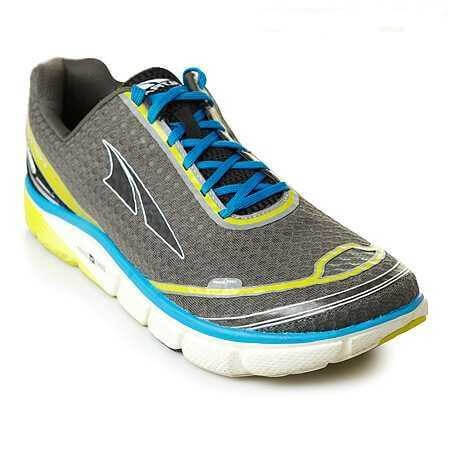
Altra Torin Original
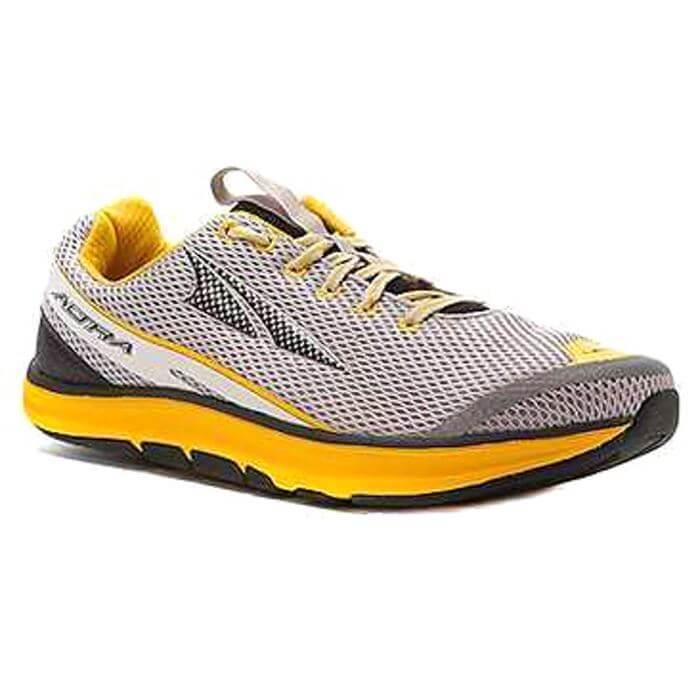
Altra Torin 1,5
The ride of this shoe is extremely comfortable. Of course, this is why I enjoy the Altra line in the first place. The ride is smooth with great responsiveness on the road.
The interesting part of the shoe is the weight. When upgrading a shoe from an original version, the thought would be that the weight could be dropped, but in the new Torin 1.5 has an extra ounce added. The shoes weigh 10.5 ounces versus the original Torins at 9.5 ounces.
The flexibility has not changed either. The Altra Torin or the Torin 1.5 are not the most flexible of shoes, but they do have enough flexibility to give a good lever and lift from the ground. I am chalking the lack of flexibility to the design of the shoe being for the road and not the trail. Trail shoes should have a little more flexibility for the technical terrain.
I do like the color of these versus the originals. The blue and orange weren’t bad, but they went a little more conservative with the grey, yellow and black. This is obviously a personal choice on the runner, but I thought I would put my two sense in.
The cost is a little more expensive at $120 dollars, but the shoes seem to last over 400 miles which most shoes will only last 250 to 300 before losing the cushion and ride comfort.
My Impressions:
Quality – 4/5
Upper-4/5
Outsole – 4/5
Flexibility – 3/5
Comfort – 4/5
Appearance – 4/5
Cost – 3/5

Here it is again, a long time since my last post. Life happens and when it does, watch out. It can really mess up the things you want to do versus the things you must do. I am learning to prioritize what is absolutely important to me versus what is important to everyone else. I hope to soon have that under control, but I digress.
Newton was nice enough to send me both a pair of the Newton Energy and the BOCO. I am reviewing them together since I have found they are the same shoe with the only difference being the BOCO has a tread that is made for the trails and the Energy is made for the road.
To be transparent and honest, I am a certified Newton Coach, so I am a little biased towards Newton. However, I rarely train in Newtons, as running is very personal I have my favorite running shoes to train in.
I do however, love the methodology behind them. For those that do not know, Newton running shoes have 5 lugs in the front of the shoe directly under the ball of the foot. The lugs have a higher or lower profile depending on the shoe.
The lugs serve as a reminder for running form by automatically driving the foot to land on the fore or mid foot, reducing the impact dramatically.
When paired with Newton Natural Run training, the shoe will decrease the effort level of transitioning to a mid or forefoot runner.
In my experience, after the runner has developed the habit, they no longer need to be running in Newtons, but most do not only due to muscle memory, but they also last about 4 times longer than other running shoes.
Prior to the release of the Energy, the core products Newton produced were the Motion, the Isaac, the Gravity and the Distance. These models needed a transition period for the runner to get used to the way the lugs lifted the heel causing some calf soreness.
The Energy now has a lower profile of lug, and a transition plate which actually allows the athlete very tiny transition period, if any, before the comfort of the shoe settles in.
The EVA foam that makes up the sole of the shoe is extremely comfortable and highly accommodating to the road.
The only conflicts I have heard is the heel cup is a little shallow for some, causing some slippage during long runs.
Since one of the core beliefs of natural runners is that shoes should be tied just tight enough to secure the heel, this could be a problem. I have always taught, the athlete needs nothing to support but themselves.
In other words, if the shoe is tied too tight, the shoe ends up supporting the runner. By tying the shoes very light and only tight enough to secure the heel, the feet, the calves, the ankles are strengthened with every activity.
I personally have not found an issue with the heel cup even without the help of a runner’s lace, but I have heard of the issues.
I did get an eleven-mile run on the trails with the Newton BOCO and was I surprised at how well the tread grabbed the terrain. 
The trails I was running were meant for Mountain Bikes and that meant steep climbs and steep downhills and there was not a moment I did not feel secure.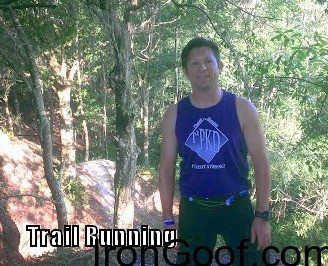
For new runners or for athletes transitioning to more efficient technique, I believe the Energy is the perfect shoe. They are the perfect shoe to transition with before trying one of the core Newton models.
The BOCO is a great trail shoe for anyone wishing to start or continuing a journey into trail running. They are comfortable, supportive and made me feel completely secure on the trails.
That’s my opinion and I am sticking with it. Happy Running!

It has been a while, and I have a ton of ideas that I am anxiously awaiting to share with you. Unfortunately, time has been getting away from me. Between training myself, a full-time job and being at capacity with 15 individual clients I am struggling for time to post. I promise I will figure out a way to make time. I am so lucky to have such great people to bounce ideas off of, that sometimes, by not posting, I feel like I am letting all of you down, so I promise to post more even if the posts end up being a lot shorter than usual. (Which the length is probably not your favorite part of it anyway. I know I ramble.)
Before I get into the nitty-gritty of my personal opinion of compression, a disclaimer.
I am not a medical professional. The opinions that are shared on this post come from research, my own experiences and the experiences of athletes I have personally witnessed and information I have researched. Every athlete/person has a different body and some products and/or methodologies may be advantageous for some and may even be dangerous for others. This post deals with my beliefs and my research. (Was that clear?)
Lately, most of the questions from other athletes, including clients of mine, have asked about compression. This usually centers around calf sleeves, but does include some of the other compression apparel as well. My answer is usually, for recovery and for temporary use they are great, but not for training. Why? Great question.
I am going to use calf sleeves as my example.

While running, biking, swimming or any major activity using the legs, the muscles are constantly in motion. That motion is what naturally makes the muscles stronger. The muscle moves and is loaded with either more repetitions, or with weight. The full range of motion of each muscle is imperative to the strengthening of the muscle. Compression holds that muscle in place and limits the movement therefore limiting the range of motion. While compressed the muscle cannot fully develop while training. Let’s take a look at the anatomy of the lower leg in the running position.


As you can see the gastrocnemius muscle and Achilles tendon, when the knee is flexed, both constrict and then elongate when the knee straightens. Here is the epitome of the range of motion naturally occurring when running. The more flexion and constriction that take place the more they are stretched causing the breakdown of the fibers. After the recovery period the fibers wrap tighter and in more abundance aiding in a strength and endurance. Now imagine that gastrocnemius muscle remaining constricted due to a calf sleeve. It seems to me that this would dictate that it would not have full range of motion also causing the Achilles tendon to remain stretched without the full ability to absorb the impact. This could unintentionally damage the Achilles tendon, the gastronemius muscle and the soleus muscle. If not damage, it will limit the ability to be strengthened. This is why I personally do not recommend calf sleeves during training workouts.
Recovery
I do however do not mind wearing compression while in recovery to include immediately following the cool down of a workout. I mentioned the healing of the fibers earlier. In order for the fibers to heal and become stronger after the breakdown, blood must be pumped through the muscle and with it water for hydration. Compression does help to isolate that area helping to keep the majority of the blood and water being pumped through the body to the point of the compression. With the legs either elevated or even walking around and at that point limiting the movement, it would allow for the blood to pool in that area helping to re-hydrate the muscle thereby helping to heal faster. In turn, an occasional training run or race, with compression at the tail end of an injury, might also benefit, but in a very limited quantity, and duration.
–IronGoof
My friend Beth from Discom-BOB-ulated Running posted a great idea for a challenge that she is hosting, so I am informing you of it as well, because I like it.
January seems always to be the month that either athletes are starting their pre-season fitness, are finishing their season or in the middle of their off-season training. If you are in any of those phases motivation can be a factor, so why not wear a different race shirt every day for the month of January. C’mon….it will be fun.
I am personally not lucky enough to have a liberal dress code, but I know that I will be working out at least 20-30 times during the month of January, so I can at least wear a different one each day, plus when just strolling around the house. Most of you can probably do that too right?
Just take a pic every day and post it to a social media site of your choice. Stay motivated and get some wear out of all those race shirts.
In other news, I have been invited to be in a test group for the brand new P90X3 DVD workout system. I have completed the original P90X a couple of times when it first came out and saw some great results. The difference is that the original workouts were sometimes 90 minutes long. P90X3 are short 30 minutes of effort and consist of several types of workouts including, power, agility, speed, isometrics and more. I will be starting the challenge on January 6th, so I hope to be blogging a lot of my experience with it. What will be interesting is that I will continue to be running, biking and swimming on top of these workouts. Whew! I am getting tired just thinking about it.
You too can join the fun with your favorite Goofball (yeah, me) and order it yourself by clicking here.
One last thing don’t forget about the BEST DAMN RACE coming up in Tampa on February 1st and in Orlando on March 1st. This is, without bias, one of the most well run races I have ever been involved with. Both courses are beautiful and with beer included in your very inexpensive race fee, what is there to lose.
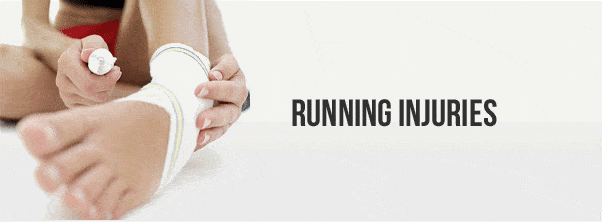
I believe I have started to write this post on injuries, a number of times, trying to be as clear as possible without seeming conceited or that the information I am giving is absolute. That being said I am giving this disclaimer:
The information in this post comes from experience, my personal research and conversations with Physical Therapists, Bio-mechanical experts, Orthopedists and other athletes. I am not a physician or medical expert, so please take this information as opinion based on cognitive research. Also, there is an exception to every rule and another explanation. I do welcome comments that give constructive criticism, but I make mention to this disclaimer first.
You might be surprised to hear that there are only two reasons runners (and other athletes) get injured; accidents and imbalance. Accidents are obvious right? For example; rolling the 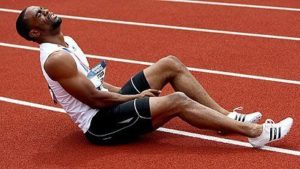 ankle stepping off a curb, falling, being hit by a bicycle, etc.
ankle stepping off a curb, falling, being hit by a bicycle, etc.
Imbalance will cover the why’s of the rest of the injuries. The human body is designed for every system to work in synergy, therefore when one piece of the puzzle is not operating a full capacity or efficiently, the other systems have to do more work. This is when the imbalance occurs.
When talking with Physical Therapists and Bio-mechanical experts I was shocked at some of the stories I heard. One story I heard was of a football player who was training, running 100s up and down the field carrying a ball. He had extended his shoulder just barely beyond its usual range of motion, and he ended up with severe pain in his opposite quadricep. “What?!!!!” was my initial reaction, however, I was then educated on the connective tissue (ligaments, tendons etc) which can be traced from the very top of our skull, down through our torso and into the extremities. Everything is connected.
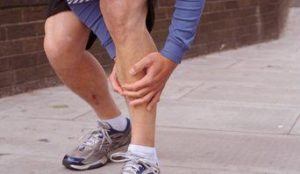
As another example, one of the most popular injuries for newer runners are the dreaded shin splints or medial tibial stress syndrome (MTSS).
Scientifically it is caused tiny micro tears of the fibers connecting the medial soleus fascia through the periosteum of the tibia where it inserts into the bone. Due to the soleus becoming so week that the constriction starts to bow the tibia. In more layman’s terms, the calf becomes so tight due to weakness and inflexibility, that the connective tissue pulls on the bone. (There is some physiological proof and complaints that more runners are getting shin splints and other injuries due to training in calf sleeves and other compression gear, but I will address this in another post.)
This same weakness, fatigue in the calf muscle can also cause another popular injury. Plantar Faciitis. In this case, instead of the connective tissue weakening through to the soleus is pulls on the plantar fascia causing inflammation which can be debilitating.
An injury can be traced either by the athlete themselves or by a professional to a point of imbalance. Most likely somewhere within the full spectrum of the athletes, body, behavior and, do I dear say it, attitude.
As a coach and trainer, my first rule, and one that I increasingly live by, is “Do no harm.” Therefore, I am always asking questions starting at a high level and continuing to get more specific. (The examples below are catered more toward running, but can be used in any sport.)
There are definitely more questions I ask, however, I think these examples give a good idea of why balance is so important.
The term “overuse” is being used quite a bit, but what is it? It’s an imbalance of planning or lacking thereof. Tracing Injuries is completed from the highest level which would be the training plan, all the way down to the balance of strength and flexibility within the connective tissue of the body. Personally, I think it is amazing that on one hand our bodies can endure a lot, but if we don’t notice those little weaknesses, it will create an imbalance that could cause and injury that may or may not keep us from doing what we love most.
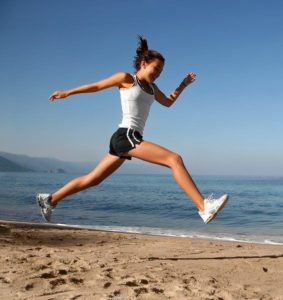
Balanced Plan -> Period -> Weeks -> Workouts -> Balanced Form -> Body -> Mind